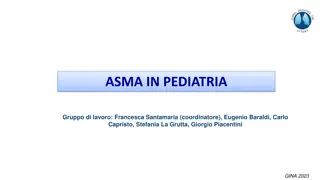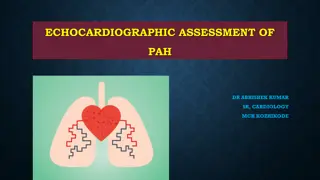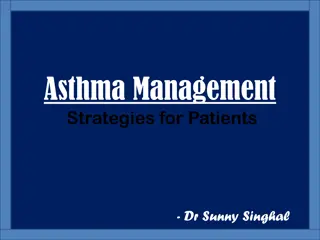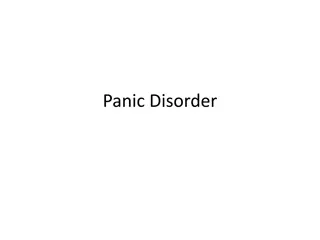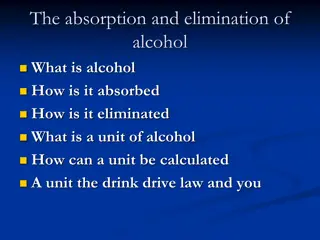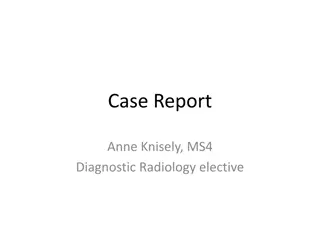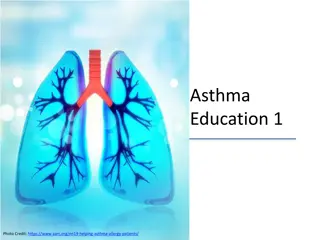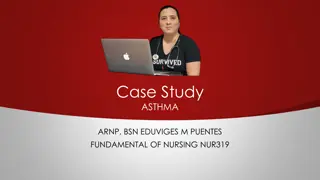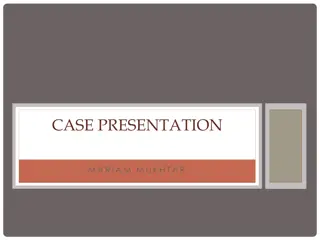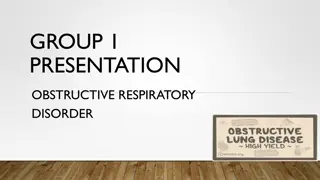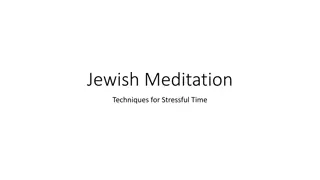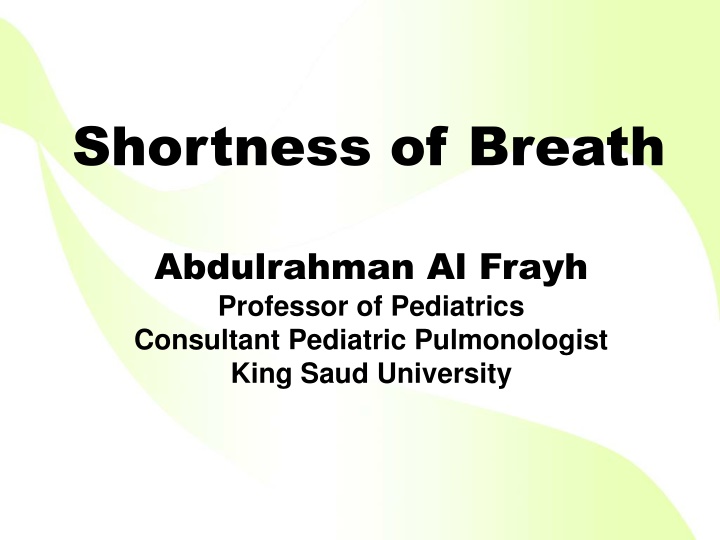
Shortness of Breath and Its Causes
Shortness of breath (SOB), or dyspnea, is a feeling of difficult breathing that can be a result of various conditions such as pulmonary disorders, cardiovascular disease, trauma, and anxiety attacks. Acute SOB may be caused by conditions like airway obstruction, pneumonia, or cardiovascular issues. Chronic SOB can be linked to asthma, COPD, and other pulmonary disorders. It is essential to recognize the underlying causes of SOB for proper treatment.
Download Presentation

Please find below an Image/Link to download the presentation.
The content on the website is provided AS IS for your information and personal use only. It may not be sold, licensed, or shared on other websites without obtaining consent from the author. If you encounter any issues during the download, it is possible that the publisher has removed the file from their server.
You are allowed to download the files provided on this website for personal or commercial use, subject to the condition that they are used lawfully. All files are the property of their respective owners.
The content on the website is provided AS IS for your information and personal use only. It may not be sold, licensed, or shared on other websites without obtaining consent from the author.
E N D
Presentation Transcript
Shortness of Breath Abdulrahman Al Frayh Professor of Pediatrics Consultant Pediatric Pulmonologist King Saud University
Definition Shortness of breath (SOB), or dyspnea, is a feeling of difficult breathing that is out of proportion to the patient s level of physical activity. or labored
Description Unpleasant shortness of breath, a feeling of increased effort or tiredness in moving the chest muscles, a panicky feeling of being smothered, or a sense of tightness or cramping in the chest wall.
Acute SOB PULMONARY DISORDERS PULMONARY DISORDERS: Pulmonary disorders that can cause dyspnea Pulmonary disorders that can cause dyspnea include airway obstruction by a foreign object, swelling due to infection, or allergic diseases e.g. anaphylactic shock; acute pneumonia; hemorrhage from the lungs; or severe bronchospasms associated with asthma, or congenital anomalies of airways, lung and diaphragm. :
Cardiovascular Disease Acute dyspnea can be caused by disturbances of the heart rhythm, failure of the left ventricle, mitral valve dysfunction, congenital heart disease or an embolus.
Trauma Trauma Chest injuries, both closed injuries Chest injuries, both closed injuries and penetrating wounds, can and penetrating wounds, can cause pneumothorax, bruises, or fractured ribs. Pain from these injuries results in SOB.
Other Causes Anxiety attacks sometimes cause acute dyspnea; they may or may not be associated with chest pain. Anxiety attacks are often accompanied by hyperventilation. Hyperventilation raises the oxygen level in the blood, causing chest pain.
Chronic SOB PULMONARY DISORDERS. Chronic PULMONARY DISORDERS. Chronic dyspnea can be caused by asthma, dyspnea can be caused by asthma, chronic obstructive pulmonary disease (COPD, BPD), bronchilitis, emphysema, inflammation of the lungs, pulmonary hypertension (congenital or acquired), tumors, or disorders of the vocal cords.
HEART DISEASE. HEART DISEASE. Congenital, acquired heart Congenital, acquired heart diseases or inadequate diseases or inadequate supply of blood to the heart muscle can cause dyspnea. In some cases a tumor in the heart or pericarditis may cause dyspnea, congenital storage diseases in heart muscles may result in heart failure and SOB.
Neuromuscular Disorders Neuromuscular disorders cause dyspnea from progressive deterioration of the patient's chest muscles. They include muscular dystrophy, myasthenia gravis, and Werding Hoffman Disease.
Other Causes Patients who are severely anemic may develop dyspnea if they exercise vigorously. Hyperthyroidism or hypothyroidism may cause shortness of breath, and so may gastro- esophageal reflux disease (GERD).
Diagnosis Patient History Patient History Physical Examination Physical Examination
Diagnostic Tests Diagnostic Tests CBC and arterial blood gas tests to rule out infection, anemia, hyperventilation from an anxiety attack, or thyroid dysfunction. A sputum culture or nasopharyngeal aspirate can be used to test for respiratory tract infection including pneumonia.
Diagnostic Tests Diagnostic Tests BASIC BASIC DIAGNOSTIC DIAGNOSTIC TESTS and and electrocardiogram electrocardiogram (ECG) the clinician in evaluating abnormalities of larynx chest wall, also to determine the position of the diaphragm, possible rib fractures or pneumothorax, irregular heartbeat, or the adequacy of the supply of blood to the SPIROMETRY to screen disorders. TESTS: : Chest (ECG) to assist Chest X X- -ray ray heart muscle, airway for
Diagnostic Tests Diagnostic Tests (cont d) (cont d) SPECIALIZED TESTS SPECIALIZED TESTS: Specialized tests may be ordered for Specialized tests may be ordered for patients with patients with normal results from basic diagnostic tests for dyspnea. High- resolution CT scans and/or MRI can be used for suspected airway obstruction or mild emphysema. Tissue biopsy performed with a bronchoscope can be used for patients with suspected lung disease. :



